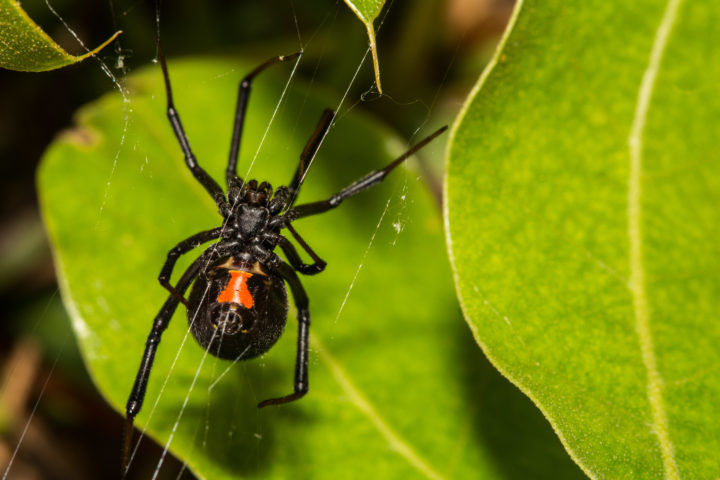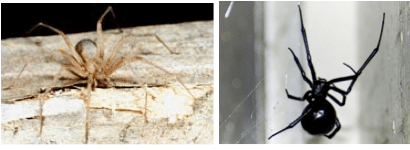Spider Bites – Introduction
More than 40,000 species of spiders have been identified worldwide, although there are actually thought to be four times as many that have not even been classified.(1) Most spiders can accurately be described as venomous,(2) although this is not as alarming as it sounds. Spiders use venom to subdue their prey before bathing them in digestive enzymes and consuming them. Because of their small size, delicate mouthpiece, and short fangs, most spiders are unable to inflict serious human bites.(2) Furthermore, spider venom tends to be specific for invertebrate prey and is unlikely to cause serious effects in humans (although, in reality, the effects of only a few spider venoms have been studied in humans).
Dangerous Spider Bites
Approximately 200 species from 20 genera of spiders can cause serious illness in humans, including systemic toxicity and death.(2) However, most spiders are completely harmless to humans. The two exceptions in the US are the black widow spider and the brown recluse spider, both of which can cause serious adverse effects but are rarely fatal. Symptoms of bites from black widow and brown recluse spiders include fever, nausea, headache, joint pain, and rash.(3)
Common Symptoms of Spider Bites
Bites from other spiders may cause mild symptoms that can usually be managed at home, including irritation, redness, and mild pain. Unless the spider was actually observed in the act of inflicting a bite, it can be almost impossible to determine whether a particular skin complaint is in fact due to a spider bite. Many dermatological conditions produce the same symptoms as a spider bite, and it is thought that up to 80% of reported spider bites may actually be due to other causes.(3)
Although spider bites may become secondarily infected by microorganisms in soil, water, or on the skin, spiders do not themselves tend to transmit communicable diseases. Indeed, spiders play an important role in the ecosystem by consuming other insects that do transmit human disease, such as mosquitoes and flies.(2)
Over the next few weeks, we will look at the epidemiology of spider bites, as well as diagnosis of different bites, and available treatments and remedies. Don’t forget that you can visit the WoundEducators.com website to find out more about how to study diverse dermatological skin conditions such as spider bites as part of a wound care certification program.
Learn More With Our Wound Care Education Options
Interested in learning more about wound care and certification? Browse through our wound care certification courses for information on our comprehensive range of education options to suit healthcare professionals across the full spectrum of qualifications and experience.
References
- Braithberg G, Segal L. Spider bites. Assessment and management. Australian Family Physician 2009; 38: 862-867.
- Diaz JH. The global epidemiology, syndromic classification, management, and prevention of spider bites. Am J Trop Med Hyg 2004; 71:239-250.
- Spider Bites. MedicineNet.com (http://www.medicinenet.com/spider_bites_black_widow_and_brown_recluse/article.htm)



this is venous stasis ulcer typically found in the lower extremities